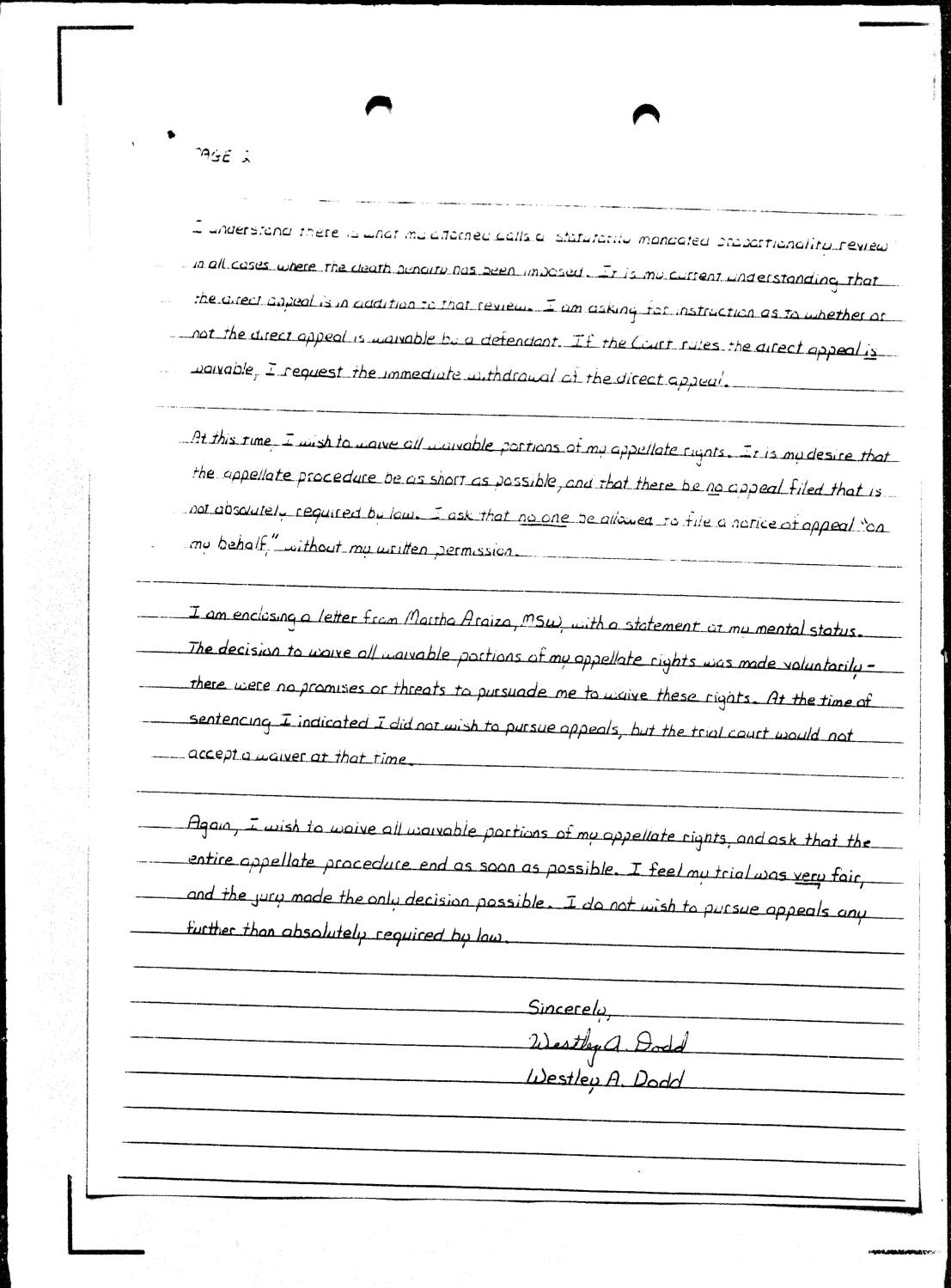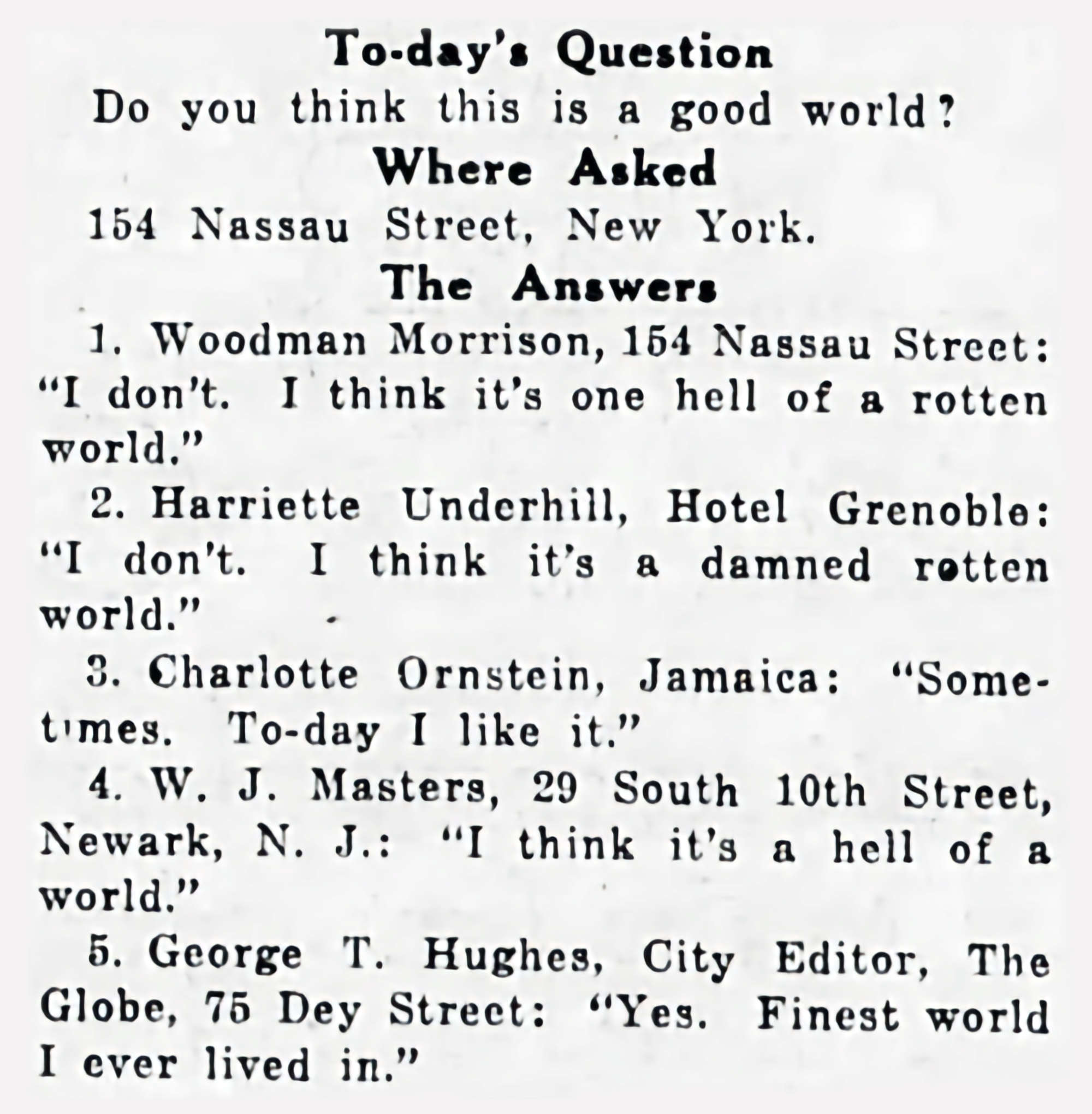HBM131: A Cure for Carsickness
/David Denton, Bethany’s father, pictured in his Air Force uniform with the reflection of two of his children visible. Photo illustration by Jeff Emtman.
Bethany Denton has a long history of carsickness. Ever since she was a little girl, long car rides made her nauseous and gave her stomachaches. Once, when she was four years old, her carsickness was so bad that she made her dad take a detour to look for a cure at the grocery store.
At the time, they were driving through Central Idaho, visiting all her dad’s favorite places from childhood. They drove to Kooskia and Kamiah, two small neighboring towns where Bethany’s dad lived for some time with his cousins. He used to love playing outside with his cousins, and hear stories about the land around them. One of his favorite places to go was The Heart of the Monster, a landmark that is sacred to the Nez Perce people. They also made the trip to the Denton family plot at the Pine Grove Cemetery in Kooskia, so that Bethany and her brother could visit their Grandpa Bill’s grave. Bethany’s grandpa was Bill Denton, a sportscaster for KREM-TV in Spokane. She never met him, he died years before she was born.
Audio from the Heart of the Monster site courtesy of Nez Perce National Historical Park, used with permission.
Producer: Bethany Denton
Editor: Jeff Emtman
Music: The Black Spot
























